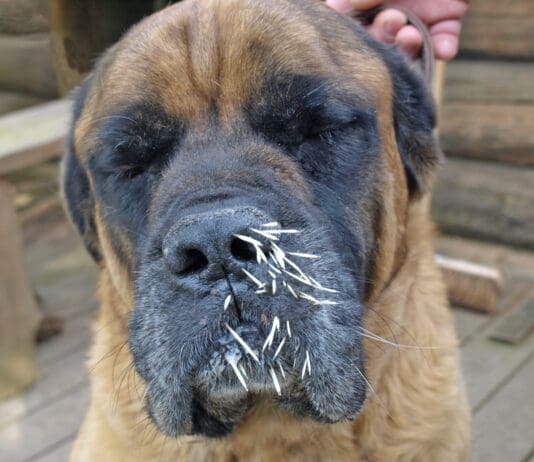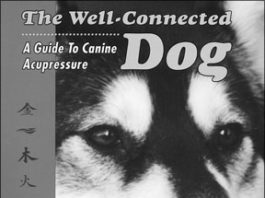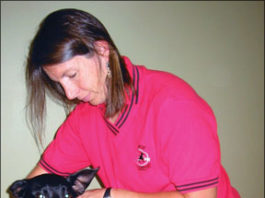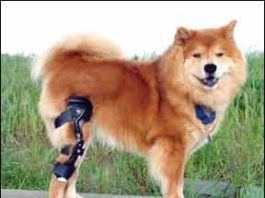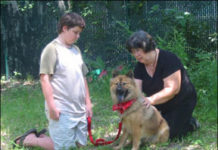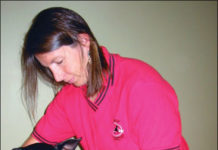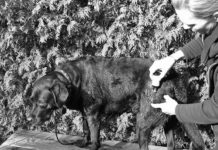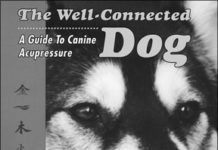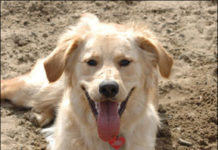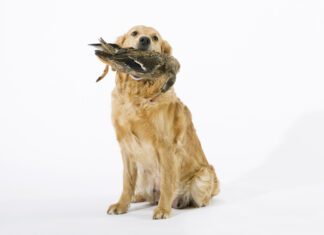Frequently Used Canine Healing Methods for Injured Dogs
We call it the spark of life for good reason. From birth to death, all living creatures generate and transmit energy. Entire healing therapies, some of them thousands of years old, have been built around energy. Once dismissed by Western science as impossible or ridiculous – and still viewed with suspicion by conventional physicians and veterinarians – energy medicine is slowly gaining acceptance in the United States. Several energy therapies are taught in American universities or are used by a growing number of healthcare practitioners. Can energy therapies help your dog? The descriptions and resources provided here may help you decide.
Stretching Your Dog Reduces the Chance of Muscle Tears
All dogs instinctively know how to stretch and do so with great enjoyment. Dogs stretch without fail upon awakening and whenever the mood strikes during the rest of the day. Who hasn’t watched a dog inch his front paws out in front of him as far as possible leaning into the stretch until it literally ripples along the length of his trunk? When the stretch finally reaches the hips, the hind legs are extended far behind the body in what appears to be total ecstasy. The dog completes the routine by dropping to his elbows and stretching the back in a doggy bow that temporarily elevates the rump. Then, the hindquarters flop to the floor in a grand finale to the stretch.
Elbow Dysplasia in Dogs
Your 6-month-old puppy is off on his left front leg. He seems to worsen with activity, but he is rarely three-legged lame. This may...
Symptoms That Your Dog May Be Injured
A reluctance to perform may indicate that your dog is injured or ill. The sooner you investigate, the more successful any needed treatment will be. Acute or chronic health problems - from spinal misalignments or torn muscles to the development of disease - are commonly to blame for the onset of performance failures in well-trained and well-conditioned dogs.
The Benefits of Rehabilitation Therapy for Dogs
About a decade ago, my then-young Bouvier, Jolie, had surgery to repair a herniated disc. From reading Whole Dog Journal, I was vaguely aware that veterinary physical therapy or rehabilitation existed; these specialties were mentioned in Recovery From a Fetch Injury" in the August 1999 issue
Home Treatments for Injured Dogs
A muscle strain here, a pulled ligament there, a sprain, a bruise pretty soon we're talking about serious problems. Canine sports injuries are increasingly common, but there is much you can do to catch them early, treat them correctly, and reduce the risk of your dog getting badly hurt, needing surgery, or having to retire from competition.
Preventing Exercise Injury for Your Dog by Warming Up and Cooling Down
Professional human athletes never skip a proper warmup. That's because research has proven, repeatedly, that preparing your muscles for upcoming physical activity reduces the risk of physical injury. And for them, an injury could impact their wallet with down time.
Athletic Dogs and Acupressure Techniques
When spring is in the air, every dog knows it. Spring is the season when dogs want to run, play, and stretch their bodies, when their eyes brighten, and their natural zest for life flows through their veins. Spring is a time of action. There are so many canine performance sports today that require peak levels of running, twisting, turning, jumping, and pivoting. Anyone watching a canine agility trial or flyball competition can see the adrenaline pumping through every ounce of the dog's being. Adrenaline can override the senses and the animal can unknowingly hurt himself badly, especially early in the season. The risk of injury is very high when a dog is not properly conditioned. Also, dogs need to be given the opportunity to warm up before engaging in the burst of excitement and energy they experience at the moment they are released for coursing, a herding test, or on a sledding trail.
Dog Exercises and Injury Prevention
Strained muscles, pulled ligaments, sprains, and bruises . . . these are common canine injuries in the spring, when the weather invites us all outside and even seems to encourage our dogs to overdo it. Enthusiastic, rigorous exercise that follows several months of relative inactivity is a prescription for injury.
Regaining What Was Almost Lost
first discovered Petey at their local humane society shelter in 1990. Scheduled for euthanasia the next day
Limber Tail Syndrome
The syndrome seems to be caused by muscle injury possibly brought on by overexertion, says Janet Steiss, DVM, PhD, PT. Steiss is an associate professor at Auburn University's College of Veterinary Medicine and coauthor of the 1999 study on limber tail that pinpointed the nature of the muscle damage.
Activity-Related Canine Injuries
He’s fearless. Reckless. Senseless? Or perhaps my Australian Cattle Dog, Cedar, is just accident-prone. Yesterday he slammed head first into a door jam during rough play with my Shepherd-mix, Willow. Today he did a nose dive off a five-foot embankment in pursuit of his favorite all-natural dog toy: a pine cone. As always, he retrieved the cone, chewed it into a slobbery clump of fibrous goo, and dropped it at my feet. On his trot back I noticed he was limping, holding his front leg off the ground.


